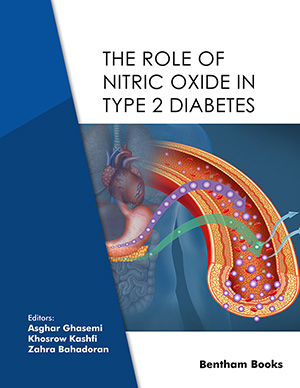Abstract
Asymmetric dimethylarginine (ADMA), an endogenous competitive inhibitor of nitric oxide (NO) synthase (NOS) isoenzymes, can substantially inhibit vascular NO production at concentrations that are observed in pathophysiological conditions. Over-production of ADMA (via overexpression and/or activity of class 1 of the protein arginine methyltransferases, PRMT-1) alongside decreased catabolism (due to decreased expression and/or activity of dimethylarginine dimethyloaminohydrolase, DDAH) in type 2 diabetes (T2D) and insulin resistance results in increased circulatory and intracellular ADMA levels. Such pathological elevated ADMA levels lead to a decreased NO bioavailability and the development of diabetes complications, including cardiovascular diseases, nephropathy, and retinopathy; elevated ADMA levels also increase the mortality risk in these patients. Here, we discuss current documents indicating how disrupted ADMA metabolism contributes to the development of T2D and its complications. The role of other endogenous methylarginines, i.e., NGmonomethyl- L-arginine (L-NMMA) and NG, NG′-dimethyl-L-arginine (SDMA) on NO production and T2D are also discussed.
Keywords: Asymmetric Dimethylarginine, Cationic Amino Acid Transporter, LCitrulline, Dimethylarginine, Dimethylaminohydrolase, Endothelial Nitric Oxide Synthase, L-Arginine, Nitric Oxide, NG-Monomethyl-L-Arginine, NG, NG′-Dimethyl-L-Arginine, Protein Arginine Methyltransferases, Type 2 Diabetes.






















